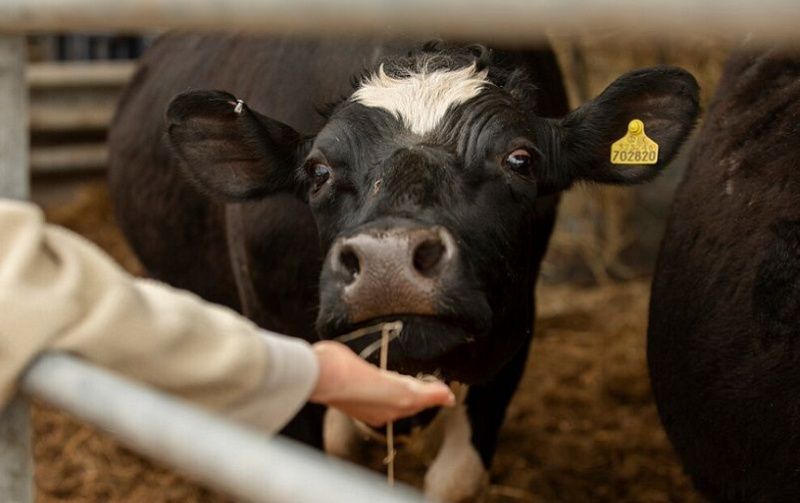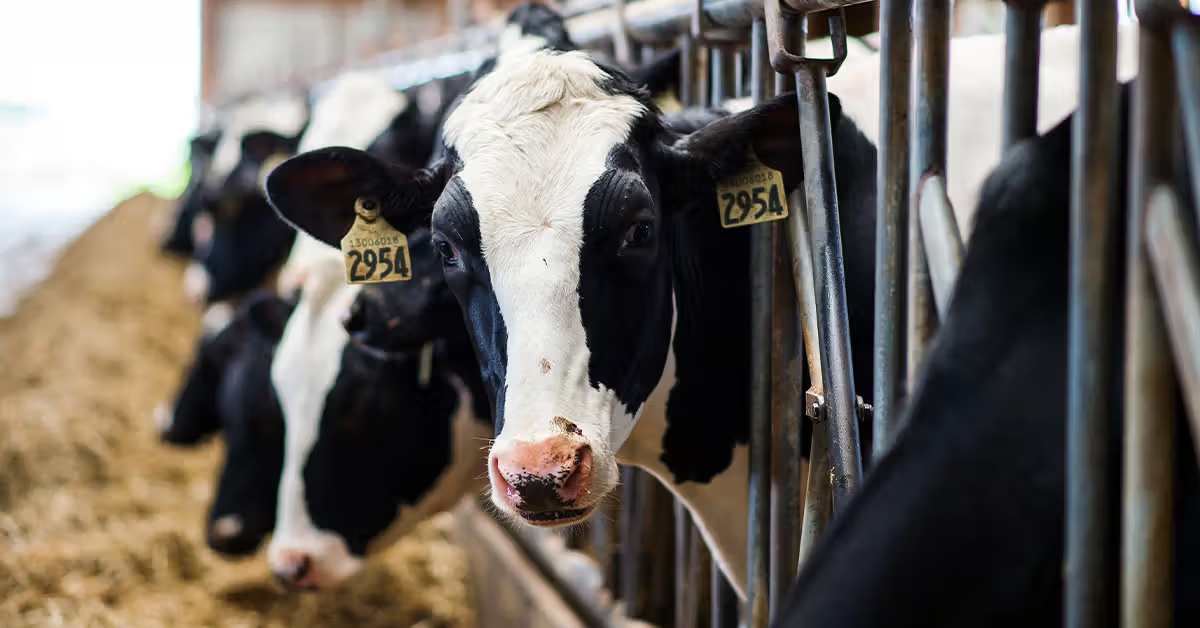United States: The U.S. Department of Agriculture announced on Wednesday that it would begin demanding testing of the animals if they are transferred over state borders, as avian flu continues to spread among dairy cows in the country.
Preventing Disease Spread
The USDA has determined the spread of flu between cows within the same herd and spread from the same cows to poultry, spread between dairies linked with the cattle movements and cows without clinical signs that have tested positive ” the agency said in the new release, which also announces the moves to mandate both testing and the reporting of the positive results.
Government Initiative:
To further protect the U.S. livestock industry from the threat posed by highly pathogenic H5N1 avian influenza, [the] USDA is sharing a number of actions that we are taking with our federal partners to help us get ahead of this disease and limit its spread,” the agency noted.
According to the new regulation, lactating cows cannot be moved to another state unless they test negative for influenza A viruses, which includes avian flu. Herd owners must give information on the travels of their animals if those tests yield positive results so that the illness may be tracked by investigators.
That should help stem the spread of the virus and help officials “better understand this disease,” Mike Wastson, administrator of the USDA’s Animal and Plant Health Inspection Service, said during a media briefing in the New York Times reported.
Since the detection of a highly dangerous type of bird flu in the United States in 2022, government officials have assured citizens that there is still little risk to the public. However, the U.S. Food and Drug Administration said on Tuesday that pasteurized milk had dormant viral particles discovered in it, indicating that the virus may have been spreading far more extensively among cattle than previously believed. According to FDA authorities, test findings to ascertain if any live viruses are present in the milk supply should be available in the next few days.
Tracking and Reporting :

Though there have been no changes that are seen in the virus that would help it spread easily among people, said Dr. Nirav Shah, principal deputy director of the U.S. Centers for Disease Control and Prevention, the Times reported. States have been monitoring 44 people who were exposed to the virus.
This outbreak had spread among 33 herds in almost nine states that is according to the USDA and only 1 human infection has been reported so far that is in a diary worker in Texas who had direct contact with the sick cows. The case was mild but there are also some owners that are reluctant to work with the public health, to say nothing of individual workers who may be hesitating to open up to strangers.
“There may be owners that are reluctant to work with public health, to say nothing of individual workers who may be reluctant to sit down with somebody who identifies themselves as being from the government in some way,” Shah explained.
Disease Understanding:
Testing more and more cows can be riskful as well like this is very critical, reducing the risk of infection among dairy workers exposed to raw milk is paramount, said Seema Lakdawala, a virologist at Emory University in Atlanta.
She clarified that if one employee got sick after being splashed with raw, contaminated milk in the eyes or nose, it would create fresh opportunities for the virus to spread among individuals.
Lakdawala stated that the dangers of worker illnesses were already so great that farms should require the use of face shields, even though federal health officials stated on Wednesday that they had reminded states that they may seek protective worker equipment from the national stockpile.
According to her, less harsh measures could be required in some cases, such as two-week “stay-at-home” orders for diseased cows.














Leave a Reply